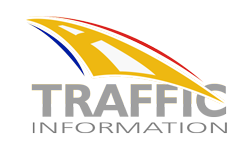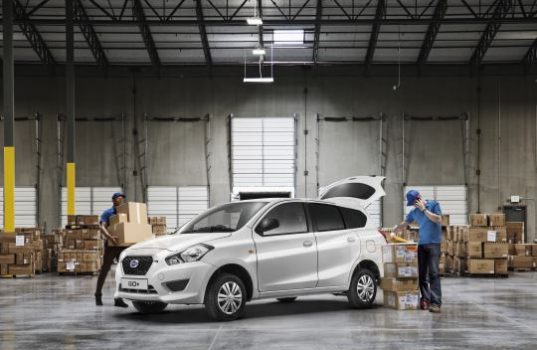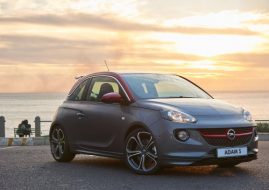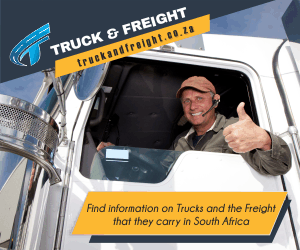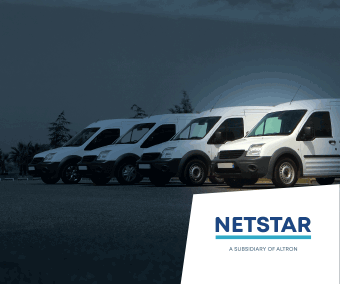The right panel van for your small business can ease cash flow nightmares
Ask entrepreneurs what keeps them awake at night and many will tell you that it is cash flow. Making sure that money coming in exceeds money going out is one of the biggest challenges facing any small business. And, if your business relies on carrying goods, chances are that panel van payments, maintenance and running costs come a close second to worries about cash flow.
Des Fenner, General Manager of Datsun South Africa, suggests that taking time to draw up a schedule before paying out hard-earned cash for a delivery vehicle pays major dividends. It’s all about checking what’s available and then listing the pros and cons, he says.
“An entrepreneur doing this exercise can save thousands of rands over the effective life of a delivery vehicle. In these tough economic times, this is something that could reduce concerns about cash flow substantially and actually boost margins and profitability.”
Mr Fenner’s ‘Top Ten Tips’ for getting the delivery vehicle your company deserves are:
- Check the purchase price. All delivery vehicles are not created equal. The recently launched Datsun GO+ Panel Van has an attractive recommended retail price of R 149 900 (including VAT), whilst the most expensive competitor comes in at over R 200 000.
- If you are registered for VAT, you can claim back 14% as an output cost, making this panel van even more affordable.
- Look at the monthly instalment. Affordability is about having the most attractive monthly repayment. For the Datsun GO+ Panel Van, this is a realistic expectation.
- Look at the payload. The more a panel van can carry, the more cost effective deliveries become. Fewer returns to the depot to collect goods for delivery also means better customer service. The Datsun GO+ Panel Van has the biggest cargo space (542kgs) – about 267kgs more than its closest priced competitor.
- Examine load volume. The loading volume of the Datsun at 3.43m3 is also the largest in its segment. Again, the more you can load, the lower the cost per trip.
- Check maintenance costs. The latest Kinsey Report is the document to consult to get the most reliable, independent low-down on the costs of spares and repairs. The Datsun GO+ Panel Van, because it shares the same running gear as the Datsun GO, is the undisputed South African leader in its segment.
- Consider insurance costs. The more affordable a car is to maintain and repair, the lower the insurance premiums will be. As Datsun GO+ Panel Van parts are readily accessible around the country, it is easy to repair – translating into great insurance premiums.
- Calculate running costs per kilometre. The key to checking the value a delivery vehicle really offers is by calculating what it will cost you per kilometre. One of the key statistics required for this is fuel consumption. Using less than six litres per 100km, the Datsun GO+ Panel Van is a leader in its class.
- Think load security. In the Datsun GO+ Panel Van, a solid partition separates the cargo area from the driving compartment. The divider is topped with a sturdy mesh grill. This keeps loads where they should be and means the driver can visually check loads. There is also dark tinted smash and grab on all rear windows, further protecting loads.
- Don’t forget versatility. For many SME owners, a delivery van often has to double up as personal transport. The styling of the Datsun GO+ Panel Van makes it a pleasure to use after hours and reduces the cost of car ownership.
“Tick the boxes, do the sums and then make your decision about which panel van offers the most. It’s an important decision that can contribute to making or breaking a small business, and therefore isn’t a choice that should be made in a hurry,” says Mr Fenner.
Related Posts
« Pedestrian killed on N1 near De Doorns Sowetan scoops Innovation Award »
